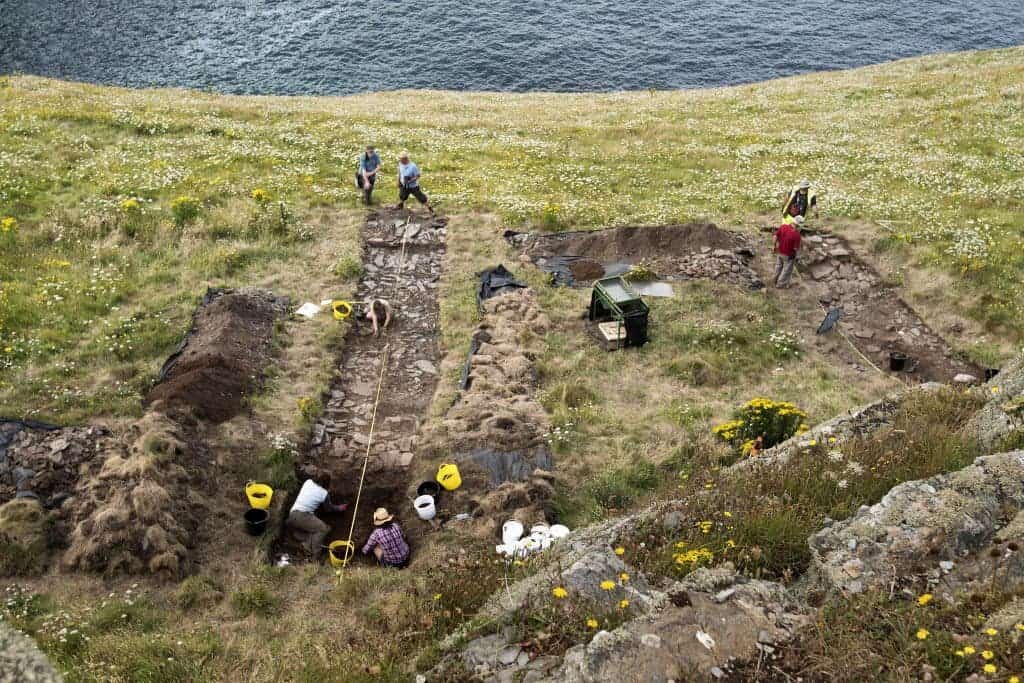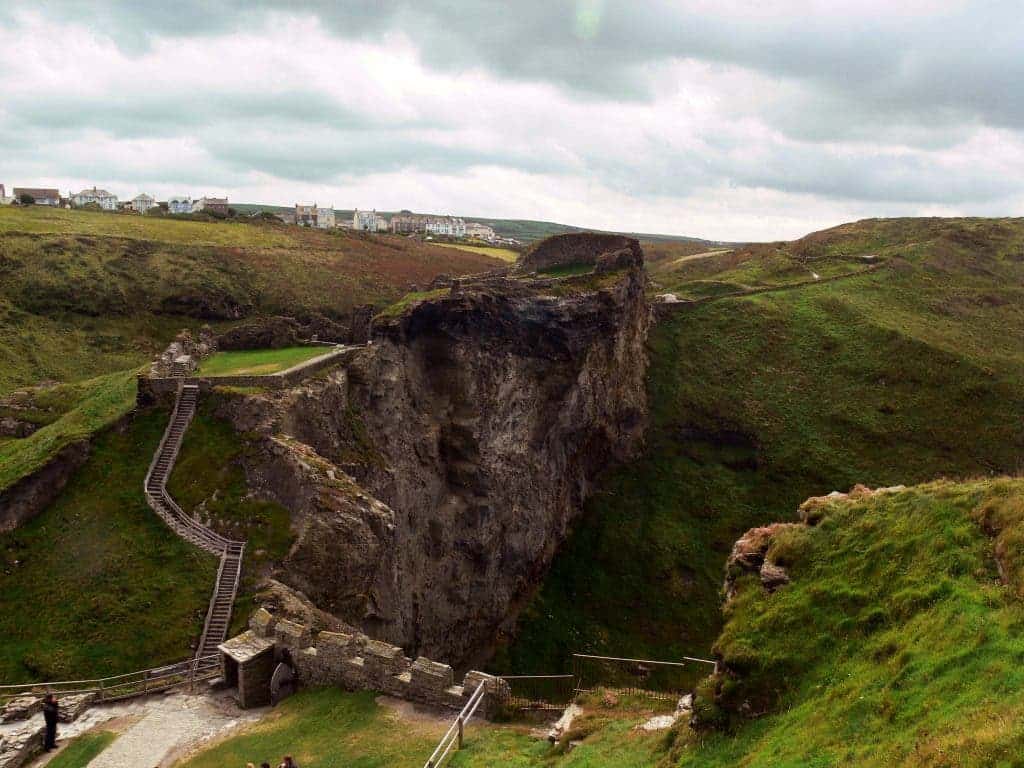After a two-week excavation period, archaeologists in England have uncovered massive walls that look like they’re part of a massive royal complex. To make things truly interesting, the discovery was made at Tintagel, the alleged birthplace of the legendary King Arthur.

King Arthur is probably the most famous British leader who, according to legend, led the defence of Britain against Saxon invaders in the late 5th and early 6th centuries AD. Most of the information we have about him comes from legends and folklore rather than historical facts. However, one of the places most closely associated with Arthur and Camelot is Tintangel, a medieval fortification located on the peninsula in Cornwall, south-west England. The castle was built in the 13th century, way after Arthur’s adventures, but some historians believe that the medieval castle was built on top of another structure – dating from Arthurian times.
The site was possibly occupied in the Romano-British period, as an array of artefacts dating to this period has been found on the peninsula, but as yet there’s no proof that a Roman era structure has existed there and the debate is still heated. These new archaeological findings are set to stir the debate even more.
The first thing the digs unearthed are a set of large walls up to three feet thick as well as steps and slate flagstone floors dating between the 5th and 7th centuries, the supposed era of Camelot. Those are possibly the markings of a significant settlement, even a castle. But it gets even better.
Aside from the structural findings, archaeologists also reported 200 artifacts including shards of imported late-Roman amphorae that once held wines and olive oil, fragments of fine glass and a sizable piece of Phocaean tableware. These are exotic and valuable goods indicating that whoever lived in the complex was very rich – perhaps even a king.

We’re not talking about a trading center to move the goods around. The people who lived in the complex feasted, and they feasted in style. But we shouldn’t get excited just yet because there’s no direct archaeological evidence to suggest that Arthur actually lived there (or that he lived at all, as a matter of fact.) Nonetheless, it is a valuable finding.
“The discovery of high-status buildings—potentially a royal palace complex—at Tintagel is transforming our understanding of the site. It is helping to reveal an intriguing picture of what life was like in a place of such importance in the historically little-known centuries following the collapse of Roman administration in Britain,” Win Scutt, English Heritage’s properties curator for the west of the country, told the Independent.
There is still reason to be optimistic. The dig was only the first in a five-year project which will hopefully help us better understand what happened in post-Roman Britain and why not – maybe even start diving into the stuff of legends.
“We’re cutting a small window into the site’s history, to guide wider excavations next year,” says Scutt of what English Heritage calls “a scratch of the surface and a taster of what may lie in wait.”


